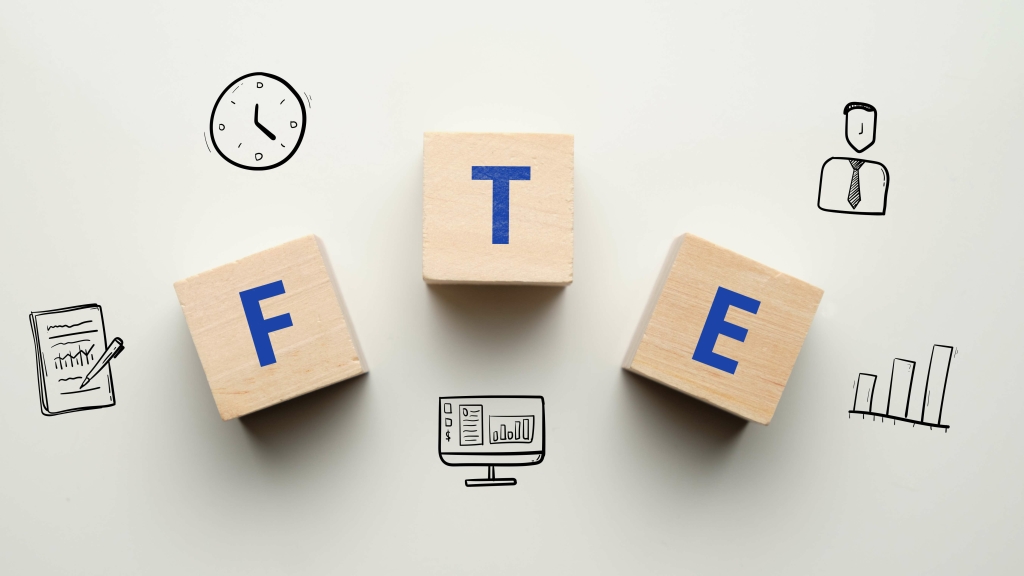
As of the week ending January 1, 2025, Treasury and agency securities, mortgage-backed securities (MBS) are estimated to have decreased $7.5 billion, and other securities, non-MBS are estimated to have increased $7.7 billion. The balance sheet is one of the key financial statements that provides an overview of a bank’s financial health. It highlights what the bank owns (assets), owes (liabilities), and retained earnings its equity. In this article, we’ll go over the primary line items on a typical banking balance sheet, and also cover key financial metrics such as average assets, interest-bearing liabilities, and more. Interest rate risk arises from fluctuations in market interest rates, which can affect a bank’s earnings and economic value.

Nepal Commercial Banks: Annual: Total Assets
- Banks with excess reserves, which are usually smaller banks located in smaller communities, lend to the larger banks in metropolitan areas, which are usually deficient in reserves.
- The information included in a credit institution’s balance sheet makes it possible to analyze its investment and financing structure, in both absolute values and percentages.
- The primary goals of the Fed’s monetary policy are to promote maximum employment, stable prices, and moderate long-term interest rates.
- Profitability, on the other hand, shows how well the bank can generate income and profit from its assets and equity.
- Other liabilities include accrued expenses, such as wages and utilities, and provisions, such as contingent liabilities and loan losses.
When you link a bank’s financial statements, you always start with the Loans, Deposits, and the Key Interest-Earning Assets and Interest-Bearing Liabilities. So in this case, we started by looking at the Balance Sheet and keeping many of these items almost the same, except we did assume some loan additions here which did change things a little bit. To this regard, it establishes that credit institutions must keep at all times, both at individual and consolidated level, a total capital ratio of 8% of its risk-weighted assets (Pillar 1 balance sheet of a commercial bank requirement). At least 6% of the total capital ratio will need to be made up by Tier 1 capital, of which 4.5% will need to be made up in any case by CET1 capital. As mentioned, banks earn interest on the deposits they lend out as loans.
Current Release PDF RSS Data Download FRED
This lesson ties together and reviews everything in the first five lessons of this module. By analyzing a balance sheet, conclusions can be drawn regarding a bank’s increase or decrease in activity and the resources employed to finance lending. Profitability in a credit institution is directly related to “time” and “risk”, factors that significantly affect liquidity and solvency. Depending on the type of business, the industry, and the economic environment, risks will be different for each company. For a bank, two of the most important risks it has to deal with are interest rate risk and credit risk. Checkable deposits are deposits where depositors can withdraw the money at will.
- The fifth item bills payable refer to the bills which the bank pays out of its resources.
- When banks receive deposits from individuals and businesses, it is recorded as a liability in a bank’s balance sheet.
- However, it is also a liability, as the bank must pay the lender’s interest and principal.
- By monitoring and managing these activities, banks can enhance their risk resilience and ensure a comprehensive understanding of their financial position.
- Loans on a bank’s balance sheet are typically classified based on their credit quality and risk of default.
Bank Balance Sheet: Assets, Liabilities, and Bank Capital

Excess reserves are sometimes also kept by banks for safety purposes. These excess cash reserves make it possible for banks to buy into great investment opportunities and make more money. The bank’s total liabilities and equity also add up to 105,000 INR, matching the total assets.

The money multiplier tells us how much new money, loans, or deposits can be created by increasing a bank’s reserves. Required QuickBooks Accountant reserves are a percentage of checkable deposits (checking account deposits) set by the central bank’s (the Federal Reserve in the US) reserve requirement. Excess reserves is the amount of total reserves the bank can loan out. Required reserves plus excess reserves equals total reserves (sometimes just called reserves).

Leave a Reply